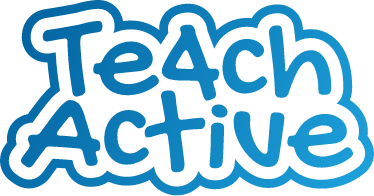Teachers are always looking for ways to make learning more engaging for children, especially when it comes to subjects that may seem daunting at first—like poetry. With National Poetry Day approaching, it’s the perfect time to explore poetry with children in a way that captures their interest and ignites their creativity. A brilliant way to do this within your current curriculum is to incorporate Teach Active English resources into English lessons.
By moving beyond the traditional, passive teaching methods, active learning encourages children to engage with poetry in a hands-on, fun, and interactive way.
Why Poetry Can Be Challenging for Kids
It’s important to understand why poetry can sometimes be challenging for children. Unlike stories, which have a clear beginning, middle, and end, poetry often uses abstract language, unusual structures, and symbolism. These elements can make poetry seem complex or difficult for younger students to grasp.
However, poetry is also one of the most creative, rhythmic, and playful forms of writing—qualities that naturally appeal to children when approached in the right way. The key is to make poetry feel accessible and fun, and active learning is an ideal approach to achieve this.
Bringing Poetry to life with Teach Active
One of the most exciting aspects of Teach Active is its ability to blend learning with movement. Combining poetry with physical activity makes the subject feel more engaging and accessible. Instead of just reading or analyzing a poem at their desks, children can participate in interactive games and movement-based activities that reinforce key concepts in poetry.
For example, a Teach Active resource can have children physically act out verbs and adjectives found in a poem exploring the rhythm and meaning of the words, by having children move around the classroom to “jump,” “whisper,” or “wave” depending on the lines of the poem. This will not only help them grasp the meanings of the words but also connect them to the emotions and imagery in the poem through movement.
By incorporating physical activity, students associate poetry with fun and excitement, helping to remove any intimidation they might feel toward it.
As National Poetry Day approaches, there’s no better time to embrace these techniques and watch as your children discover the magic of poetry through active learning. Whether it’s through physical activity, collaboration, or creativity, these dynamic approaches not only teach children the fundamentals of poetry but also inspire a lifelong appreciation for its beauty and expression.
Happy National Poetry Day!
